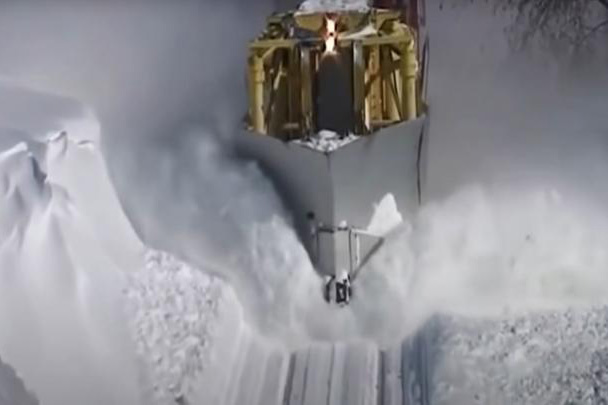How Do Trains Run in Snow and Cold?
January 22, 2024

Trains are the workhorses of transportation, and they exhibit remarkable resilience in the face of snow and cold temperatures. There are lots of innovative technologies and strategic planning to allow trains to navigate challenging winter conditions.
One key strategy involves the use of electric heaters along tracks to fight snow and ice buildup. These heaters prevent the formation of icy obstacles, ensuring a smooth and safe passage for trains. Specialized snowplows and brushes are also deployed during heavy snowfall, clearing the tracks, and maintaining operational efficiency.
Anti-freeze technology plays a pivotal role as well. Trains are equipped with systems that prevent crucial components, such as brakes and signaling equipment, from freezing up in frigid temperatures. This ensures that trains operate reliably even in the coldest of climates.
Rail operators take a proactive approach by closely monitoring weather forecasts. Armed with this information, they can deploy de-icing agents in anticipation of adverse weather conditions.
The efficiency of trains in snow and cold showcases the industry’s commitment to providing reliable service, even when faced with the challenges posed by cold winter weather. That’s why you can see trains gliding through snowy landscapes to deliver the goods we have come to depend on.

 Tickets
Tickets Parties
Parties Shop
Shop Directions
Directions